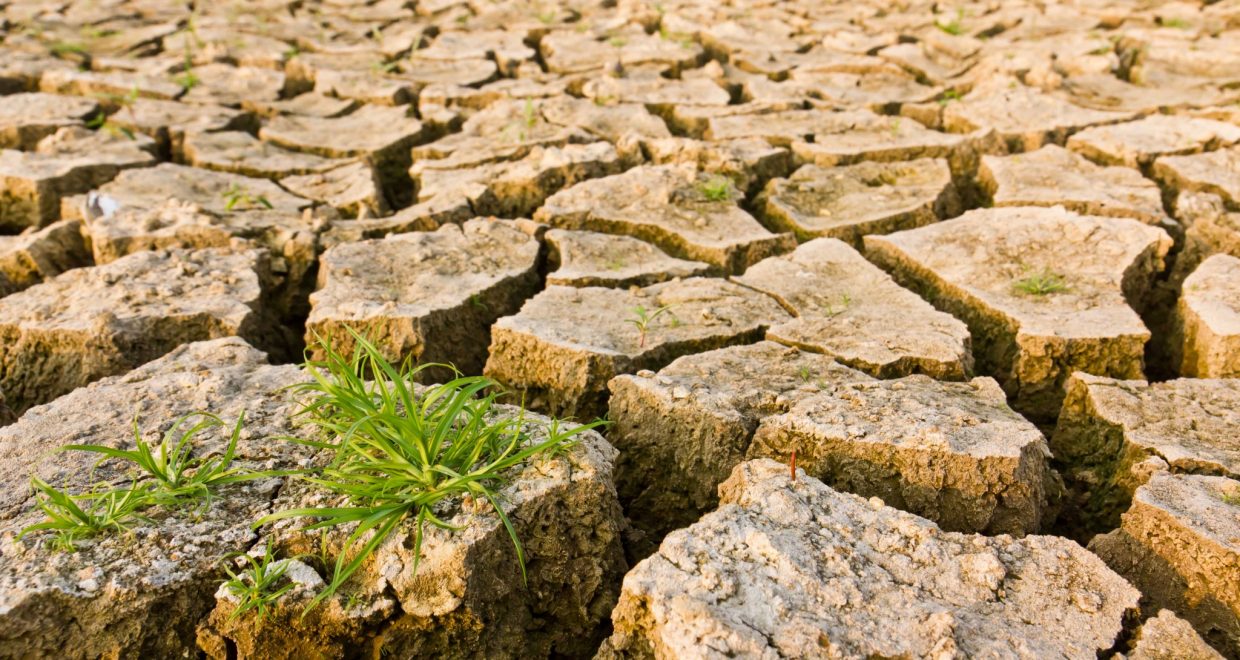CO2 beneath our feet
Climate change is currently one of the biggest threats to human existence. Carbon sequestration – the storage of CO2 underground – is one innovative method that could help to reduce the amount of CO2 in the Earth’s atmosphere and ultimately save the human species. A recent paper published in JFM provides insight into the suitability of sequestration as a means of CO2 storage, and begins to assess whether or not it will be feasible in the future.
Carbon sequestration relies on the expertise of the oil and gas industries, who not only have the necessary equipment to store large amounts of gas underground, but also the financial might to do so. “These companies have hundreds of years’ worth of expertise in rock structure and fluid flow within rocks and we want to tap into that to help us to understand the feasibility of carbon sequestration” explains lead author Jacques de Chalendar. Recent estimates suggest a global storage potential 100 years’ worth of current carbon emissions, which, while only providing a transitional solution, does at least provide us with more time to deal with the problem of global warming.
The first step in the sequestration process is to identify a suitable reservoir, normally found at a depth greater than 800m beneath the surface. Next, supercritical CO2, where the carbon dioxide adopts properties midway between a liquid and a solid, is injected into the reservoir via a well. The key to successful storage is to ensure that the CO2 remains trapped underground and does not leak back out into the atmosphere. There are several different mechanisms by which the carbon dioxide remains trapped.
For primary trapping the rocks behave as a sponge, absorbing and holding the gas beneath an overlying seal which often takes the form of an impermeable rock such as shale or clay. Secondary trapping occurs through solidification of the CO2 via mineralisation, dissolution in brine, or by residual trapping where bubbles of isolated CO2 become trapped within a plume rendering them immobile. It is this mechanism of residual trapping that is the focus of de Chalendar and his colleagues in their recent article. The main trapping mechanisms and the associated timescales are displayed in the figure below.

The paper reports a model of a CO2-water system and how it evolves when governed by a process known as ‘Ostwald ripening’, where the properties of a solution of very small particles change over time, often demonstrated by small particles dissolving in solution and then redepositing onto larger particles. The process is key when trying to determine the permanence of residual trapping and is well understood for gas clusters in a liquid, such as CO2 bubbles in a brine solution, however, the new feature of this work is to include the interaction of the gas and liquid with the surrounding solid structure. The solid rock acts to trap parts of the gas which are left behind as the plume migrates upwards to the surface and the goal is to try to maximise this trapping.
The main aim of de Chalendar was to investigate the stability of residual trapping and whether equilibrium positions can exist in a mixture of gas, liquid and solid. In the absence of the solid, the bubbles act to minimise their surface energy and thus one larger bubble provides a more stable equilibrium than two smaller ones. The question was whether the same was true in the presence of the solid structure. “The simple answer is no – we can imagine situations with two bubbles at thermodynamic equilibrium, but we need to do more work to see if they can be reached in practice” explains de Chalendar, “Equilibrium situations are possible, but the system doesn’t always reach them due to factors such as the stabilising effect of the porous matrix.”
Looking to the future, carbon sequestration certainly seems to provide a plausible option to help to reduce the amount of CO2 in the Earth’s atmosphere in line with the targets set out in the Paris Agreement. “The technology is mature, the knowledge exists and the process is attractive to companies with subsurface expertise, so we could in theory start tomorrow” exclaims de Chalendar, “but it won’t make economic sense until we put a price on carbon emissions.”
Pore-scale modelling of Ostwald ripening will be free to read through 31st September 2018.
References:
De Chalendar, J., Garing, C., & Benson, S. (2018). Pore-scale modelling of Ostwald ripening. Journal of Fluid Mechanics, 835, 363-392. doi:10.1017/jfm.2017.720
Figure: Bachu, Stefan 2008 Co2 storage in geological media: role, means, status and barriers to deployment. Prog. Energ. Combust. 34 (2), 254–273.






The acceptance of co2 sequestration would be greatly accelerated if commercial applications could be found for this “product” rather than waiting on governments to place a price on its atmospheric release.